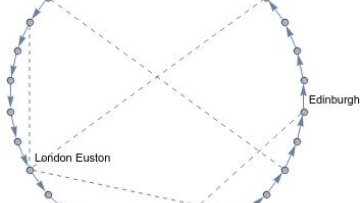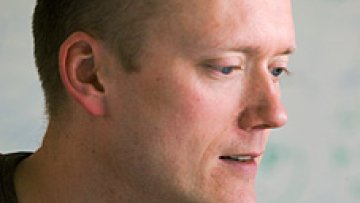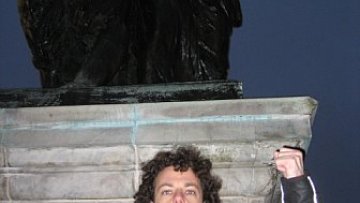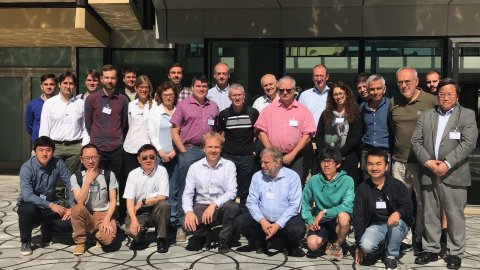The geometry of measures solving a linear PDE
Abstract
Function solutions to linear PDEs often carry rigidity properties directly associated to the equation they satsify. However, the realm of solutions covers a much larger sets of solutions. For instance, we can speak of measure solutions, as opposed to classical $C^\infty$ functions or even $L^p$ functions. It is only logical to expect that the “better” space the solution lives in, the more rigid its properties will be.
Measure solutions lie just at a comfortable half of this threshold: it is a sufficently large space which allows for a rich range of new structures; but is sufficiently rigid to preserve a meaningful geometrical pattern. For example, have you ever wondered how gradients look like in the space of measures? What about other PDE structures? In this talk I will discuss these general questions, a few examples of them, and a new theoretical approach to its understanding via PDE theory, harmonic analysis, and geometric measure theory methods.






